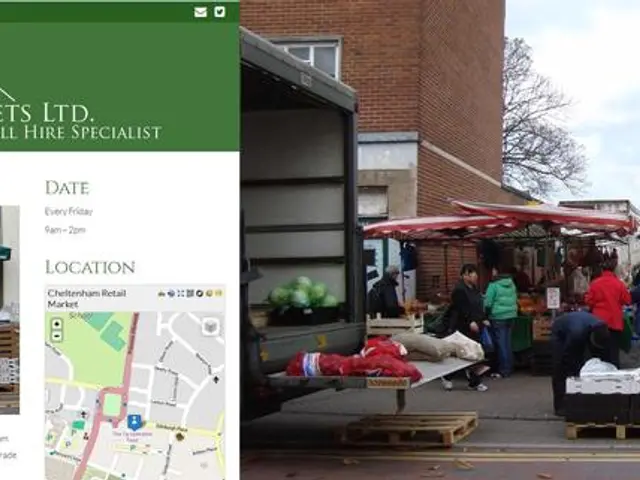Experts on Low-Code Security Predictions Continue (Part 2)
Low-code platforms have revolutionised the way we develop software, democratising technology and making it accessible to domain experts. However, as with any technology, security concerns arise when building IoT applications on these platforms.
Common Security Shortcomings
According to Paul Higgins, common vulnerabilities in low-code platforms for IoT applications include shadow IT and governance risks, data security breaches, authentication and access control challenges, third-party integration and supply chain vulnerabilities, platform security feature limitations, configuration and deployment errors, and developer security knowledge gaps.
Addressing Security Concerns
To ensure secure IoT applications on low-code platforms, several best practices can be implemented. Firstly, establish clear governance and oversight policies, auditing, and approval processes for all low-code applications to prevent shadow IT risks. Secondly, strengthen authentication and access control by enforcing multi-factor authentication, clear role-based permissions, and zero-trust principles both on the platform and connected IoT devices. Thirdly, thoroughly vet and monitor third-party components used in low-code apps, and implement platform security enhancements such as fine-grained logging, custom encryption options, endpoint protection, and integration with enterprise security tools.
Other best practices include securing configuration and hardening, providing security education to citizen developers, implementing IoT-specific security measures, and conducting regular audits and vulnerability assessments.
IoT-Specific Challenges
In addition to the common security shortcomings, IoT applications face unique challenges. For instance, weak or default passwords on devices, lack of robust access control, insufficient data storage security, overlooked device and firmware updates, and opaque platform internals can all pose significant risks.
To address these issues, change default device credentials, enable network encryption, enforce data-at-rest and transit encryption, create update/patch management strategies, and regularly audit IoT device OS versions, platform security postures, and app permissions. Segment vulnerable or unsupported devices onto isolated networks when necessary, and trust but verify platform providers that undergo regular security testing and disclose vulnerabilities transparently.
The Future of Secure Low-Code Development
Paul Higgins reiterates the importance of the entire software lifecycle in low-code development, including maintenance and further development. Michael Baldauf highlights that many low-code platforms overlook a comprehensive security perspective and neglect the need for robust compliance features and continuous security monitoring.
As the future of software development continues to evolve, with the convergence of low-code and AI, it is crucial to maintain a focus on security. Low-code platforms may set the foundation of an application, while AI can fill in the gaps, or low-code may be used to develop AI applications. Regardless of the specifics, security must remain a priority to protect sensitive data and ensure compliance.
- Implementing IoT-specific security measures, such as changing default device credentials and enforcing data-at-rest and transit encryption, is critical to addressing unique security challenges in IoT applications on low-code platforms.
- To ensure long-term security in low-code development, it's essential to focus on security throughout the entire software lifecycle, including maintenance and further development, and to emphasize the need for robust compliance features and continuous security monitoring.




